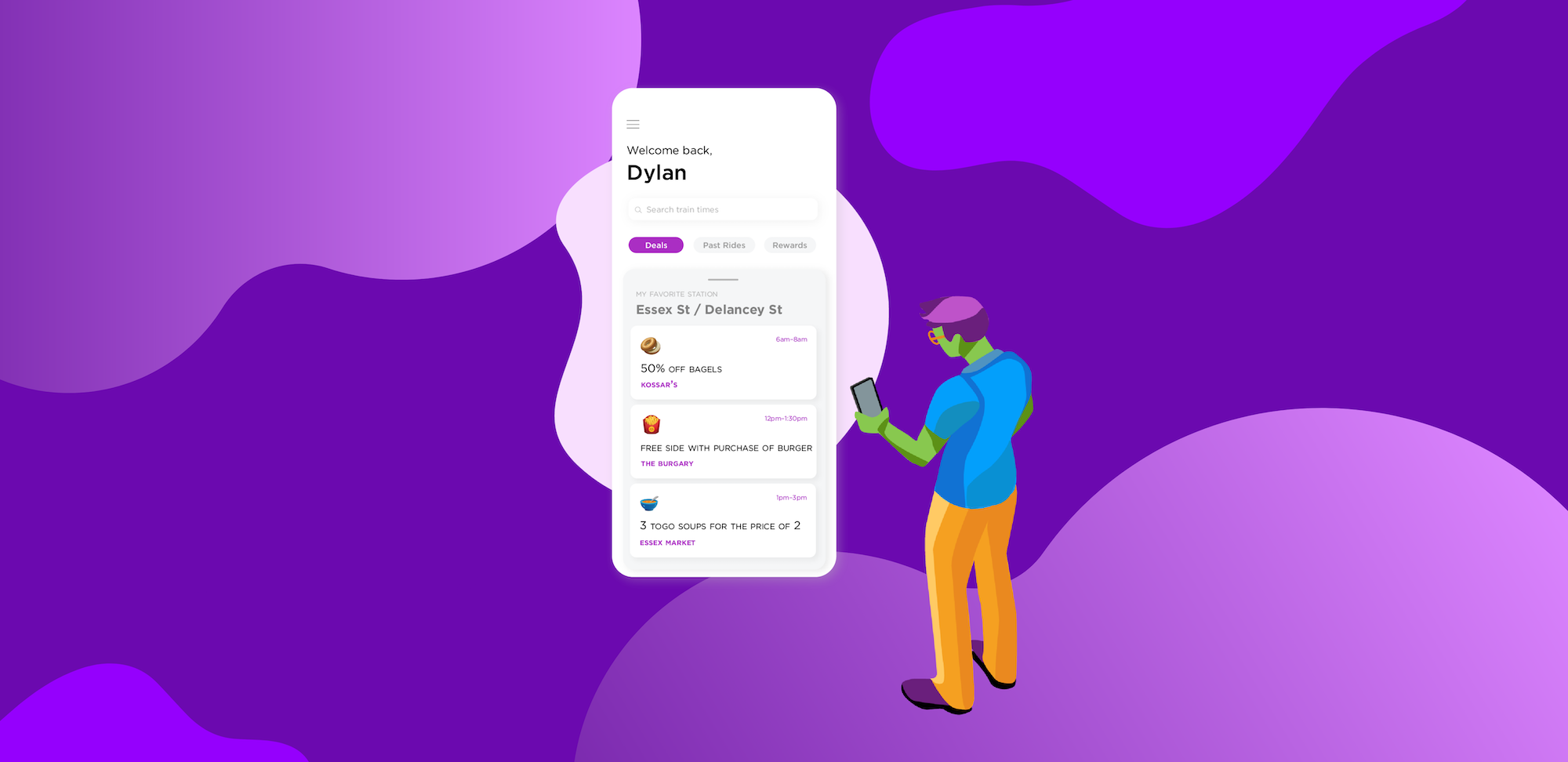How Transit Authorities Can Build Public Transit Ridership
Change can be a good thing. While no one anticipated the massive changes that would happen to the transit agency going into 2020, transit authorities...
Platforms
Services
Promotions
.
Featured Guide
Industries
Resources
Explore

The public transit industry is at a crucial turning point with declining ridership, aging infrastructure, and increased demand. Keeping up with the latest trends and keeping riders loyal can be a challenge for transit authorities. To address these challenges, transit authorities are seeking innovative solutions to help modernize their systems, such as transit loyalty programs. Loyalty programs are not just for airlines or hotels; they can greatly benefit public transit, helping it become more efficient and improve ridership. Let’s dive into how loyalty programs can modernize public transit.
Loyalty programs can help transit authorities identify new riders and connect them with the system. Many people who may benefit from public transit do not use it because it is unfamiliar or perceived as inefficient. By starting a loyalty program, transit authorities can incentivize riders to try the system. For instance, they can offer discounts for first-time riders and ongoing rewards for using public transit regularly. These programs can help them collect data on user behavior and determine where to focus their resources to attract new riders.
Many transit authorities already have data on riders' trip patterns, ticket purchases, or smart card usage. Loyalty programs can marry loyalty data with these existing datasets to obtain insights into their riders. For instance, authorities can evaluate rider data to determine which routes have the most significant demand, thus allowing them to plan accordingly and improve service levels. They can also use data to determine peak travel times and locations, better manage staffing, and plan future construction projects.
Loyalty programs allow transit authorities to access information on what types of tickets or fares riders are buying and when. When a rider joins the program and starts to log their purchases or rides, transit agencies are able to tie pass or ticket purchases to unique rider identifiers. This allows them to start building an understanding of different types of riders: how often they ride, what types of passes they buy, how frequently they purchase, what promotions they participate in, and more. This data can also be used to determine which amenities riders use the most, such as seat choice or Wi-Fi usage. Understanding purchasing patterns across rider types enables transit authorities to create more effective promotions, offers, or bonuses for that are hyper-targeted to specific rider groupsFor example, if a segment of frequent riders are not using their loyalty points, authorities can send them a promotion that is more relevant to their needs.
Loyalty programs can help improve community engagement. Transit authorities can use these programs to understand the needs and preferences of their riders better. For instance, by seeking feedback from riders through online surveys or other feedback options, they can understand what services are lacking. Also, the rewards that are given to riders for their frequent use of services, such as discounts for local businesses or cultural institutions, can offer a non-transportation-based benefit that strengthens the community.
The use of loyalty programs can help transit authorities address some of the significant issues that face public transit. By capturing and analyzing rider data, transit authorities can tailor services to meet the needs of specific user groups, improve the overall user experience, and ultimately increase ridership. Modern public transit can be more than just moving people from point A to point B; it can be a valuable benefit for individuals and communities using innovative solutions like loyalty programs to create seamless customer experiences and improve community service. With the right approach, a loyalty program can help public transit stay relevant and important to riders in today's fast-paced world.

Change can be a good thing. While no one anticipated the massive changes that would happen to the transit agency going into 2020, transit authorities...

Similar to many other industries, the transit sector over the past few years has pivoted their approach in response to changes in customer needs and...

The transit industry has begun to pick up speed over the past couple years and focusing on rider loyalty is more important than ever. Doing that...